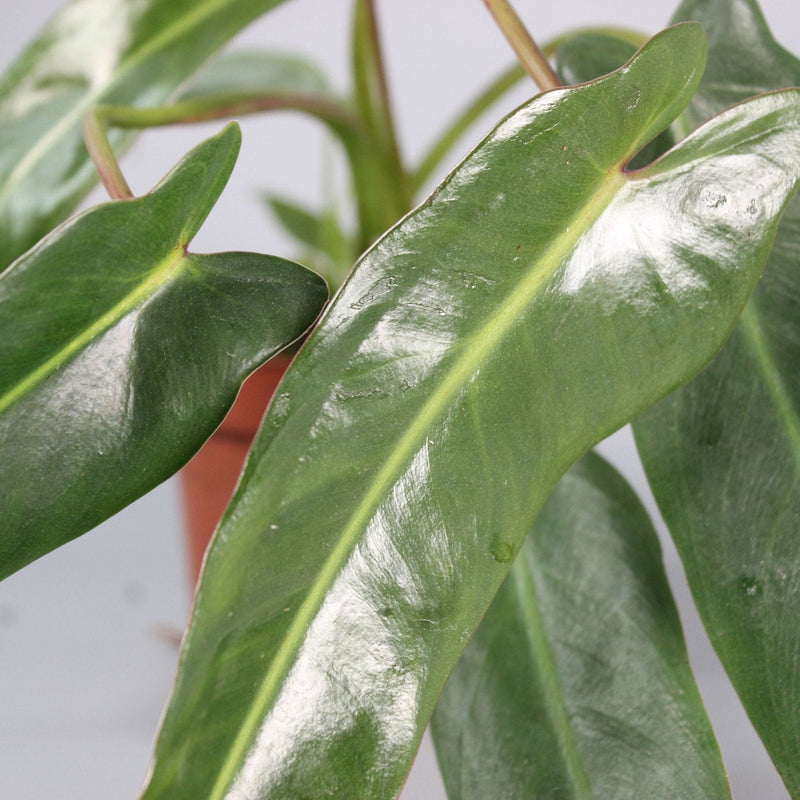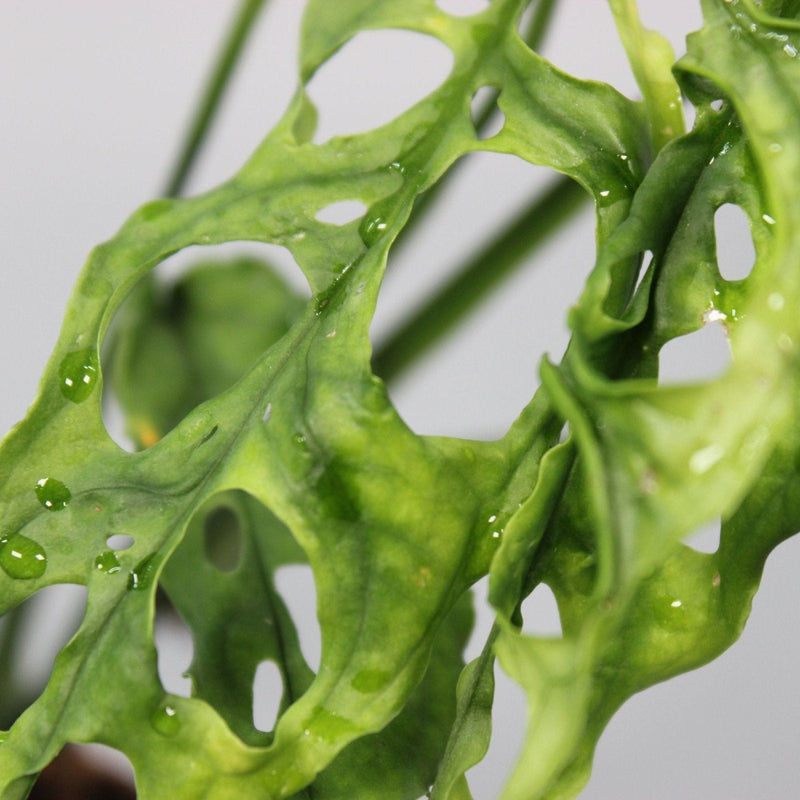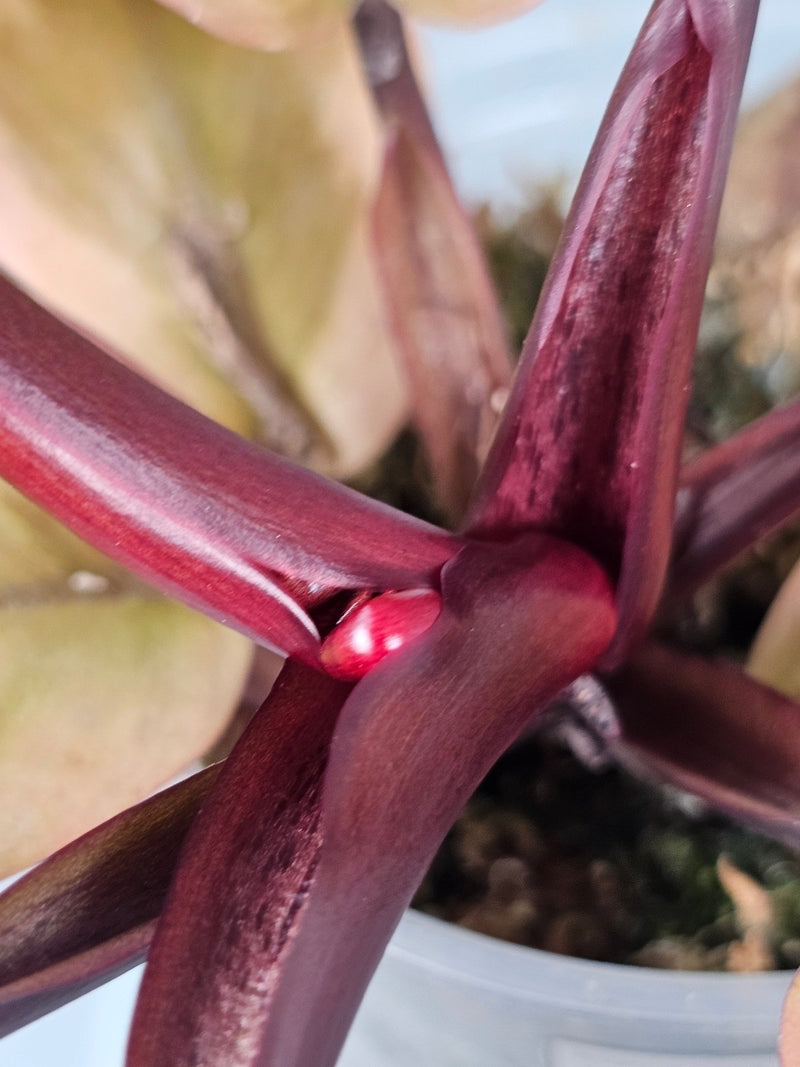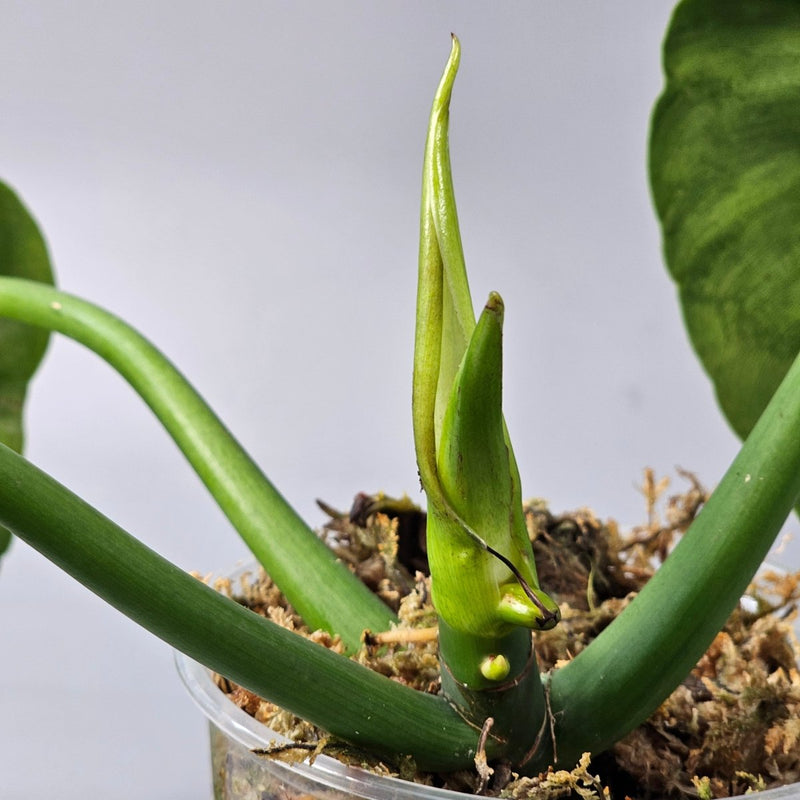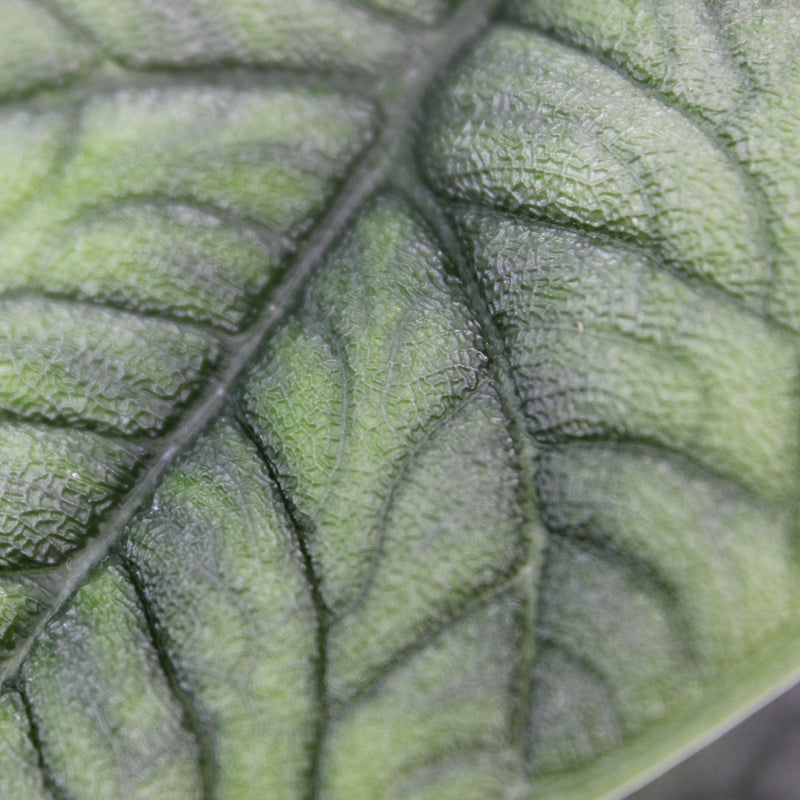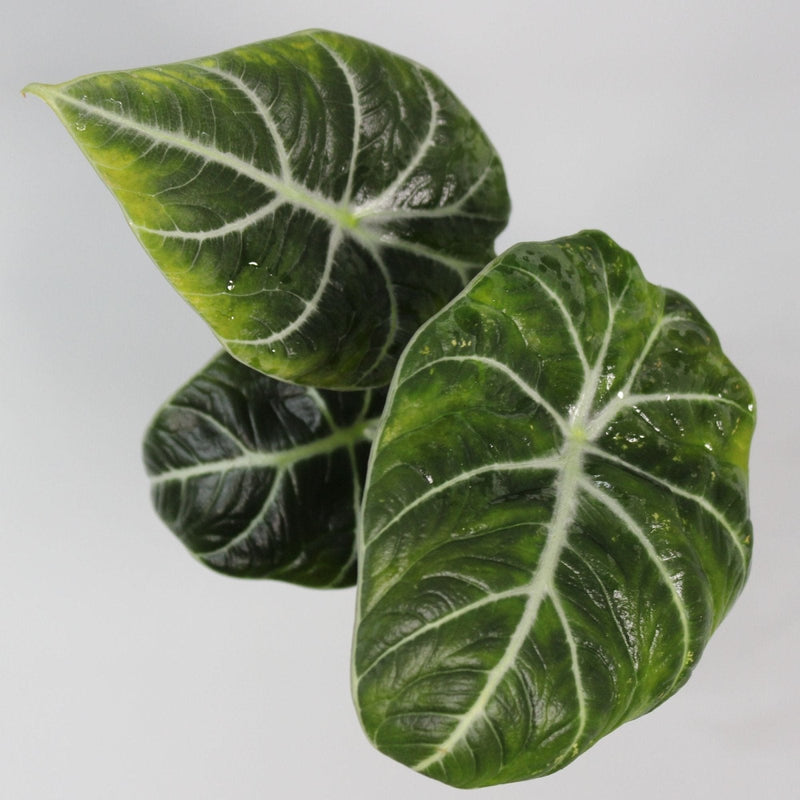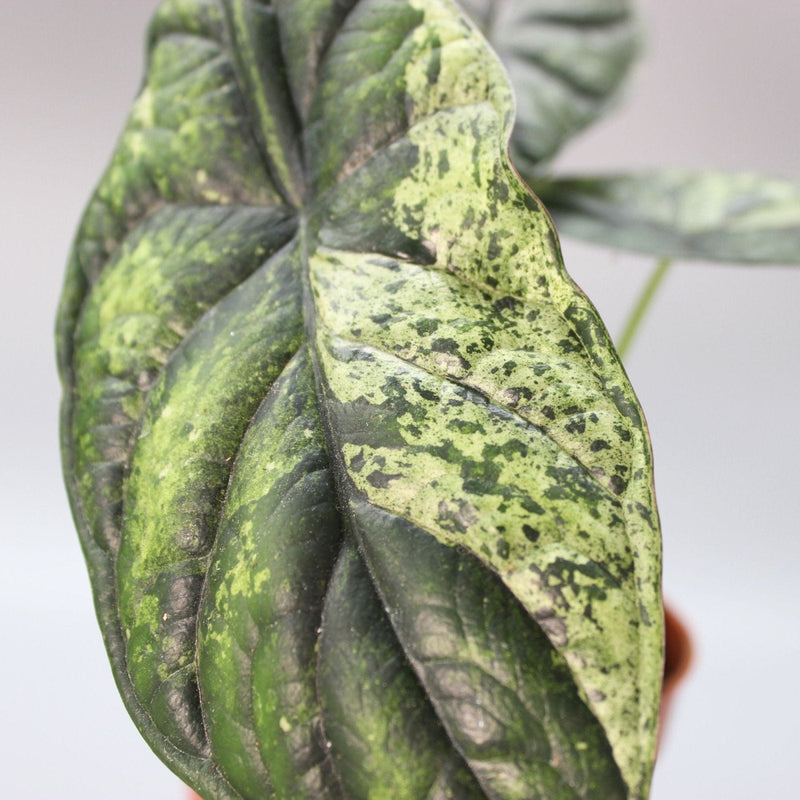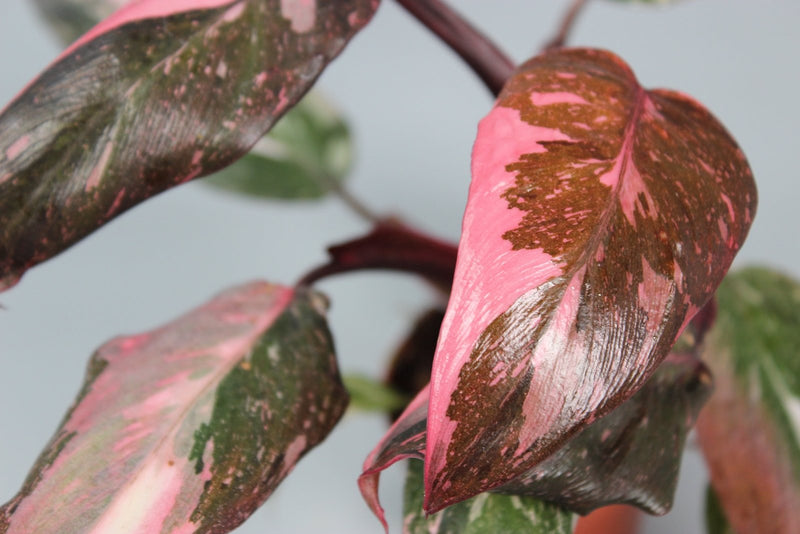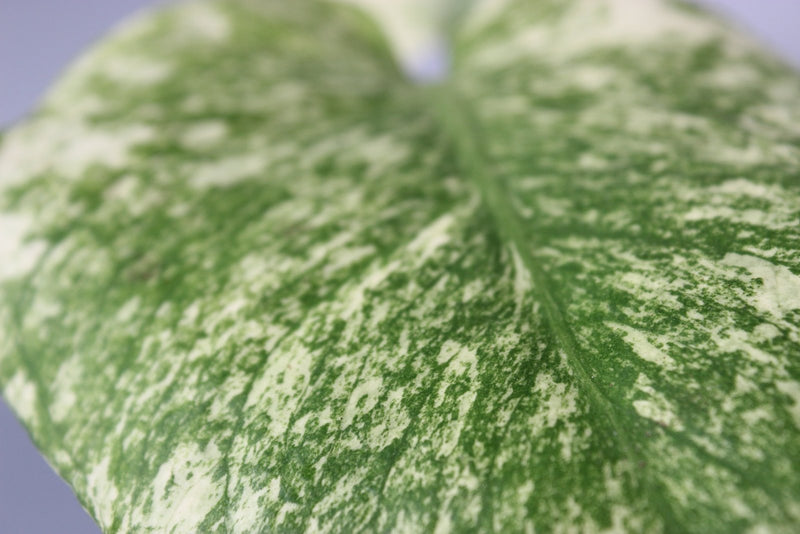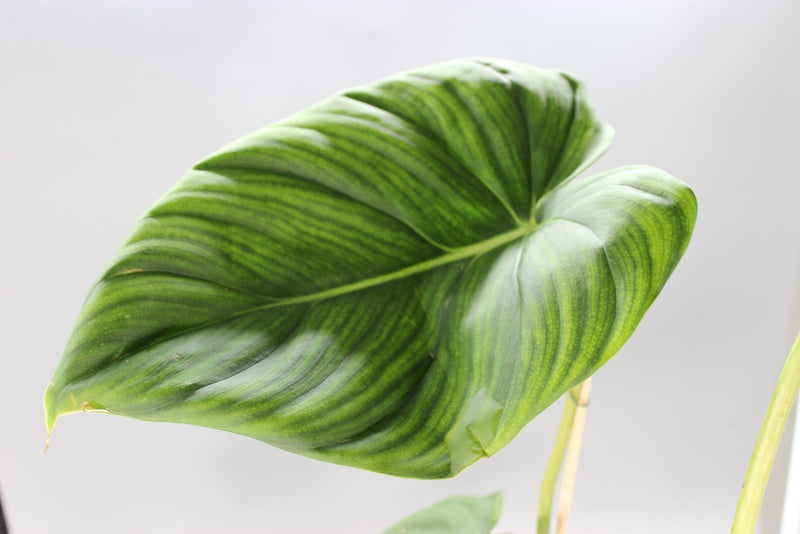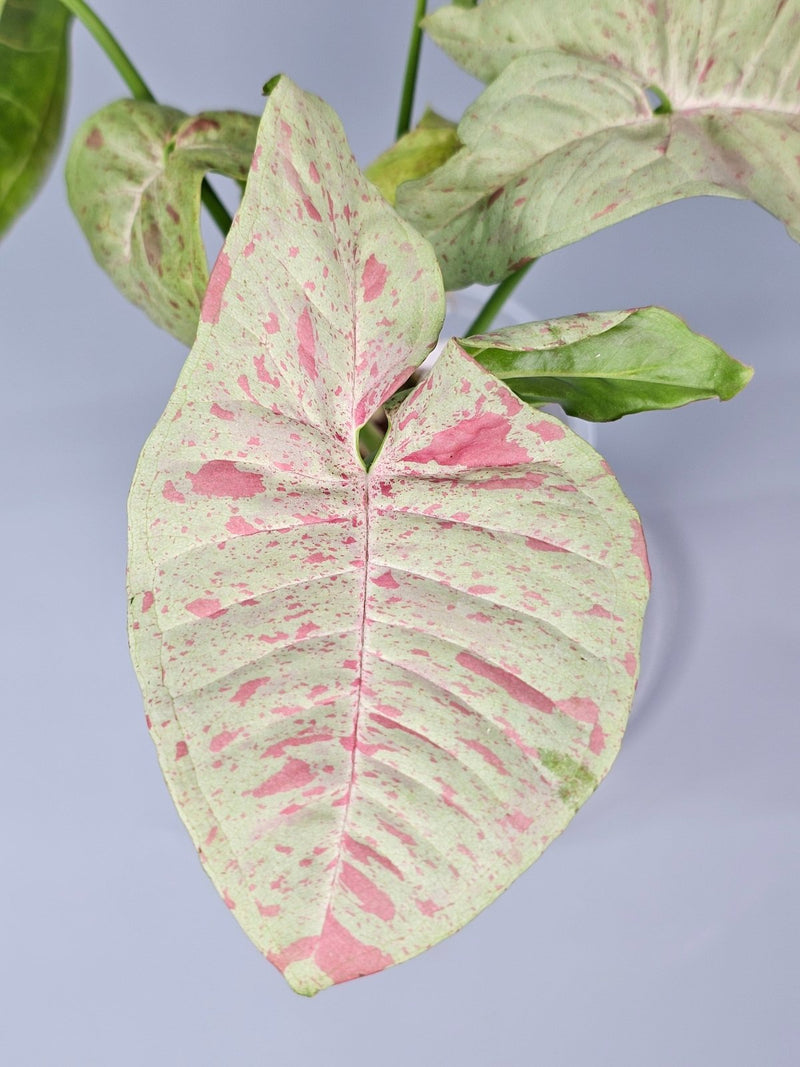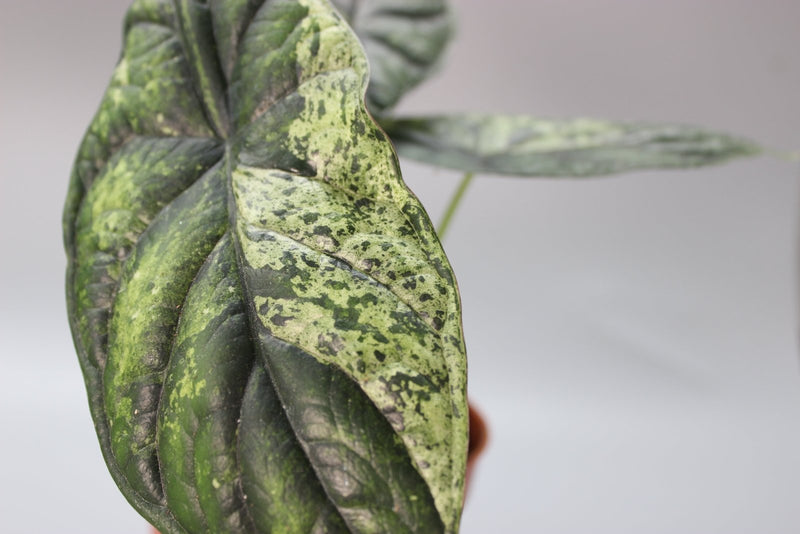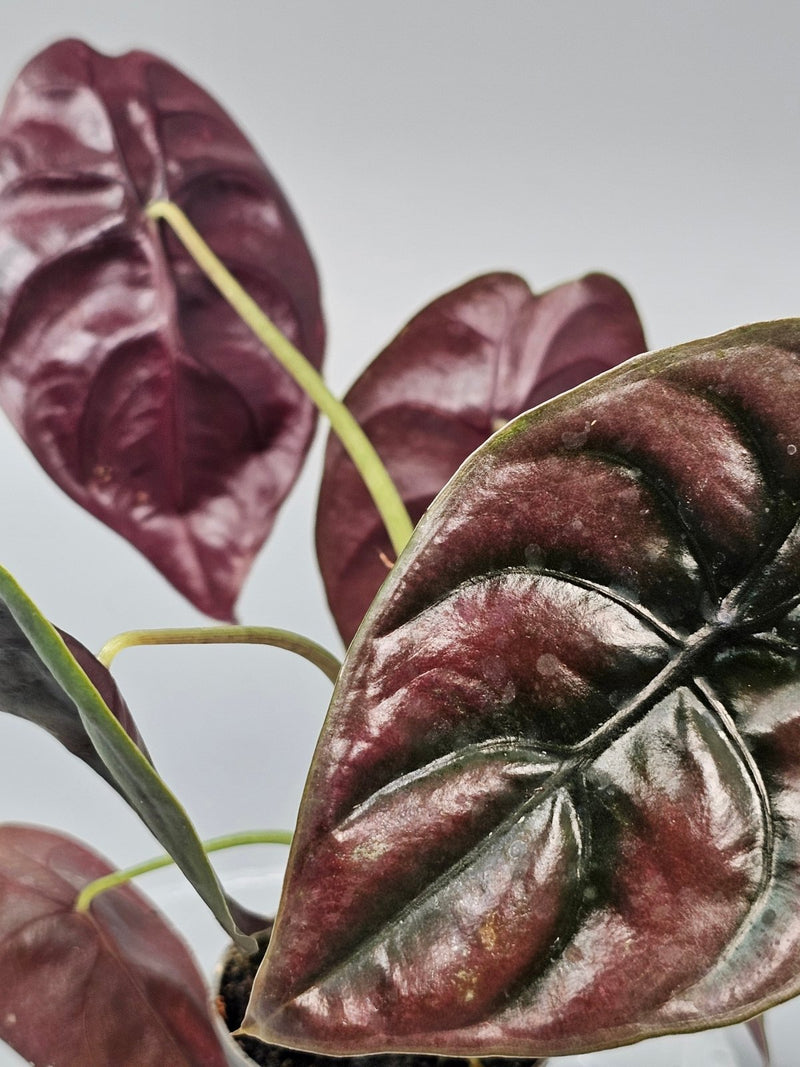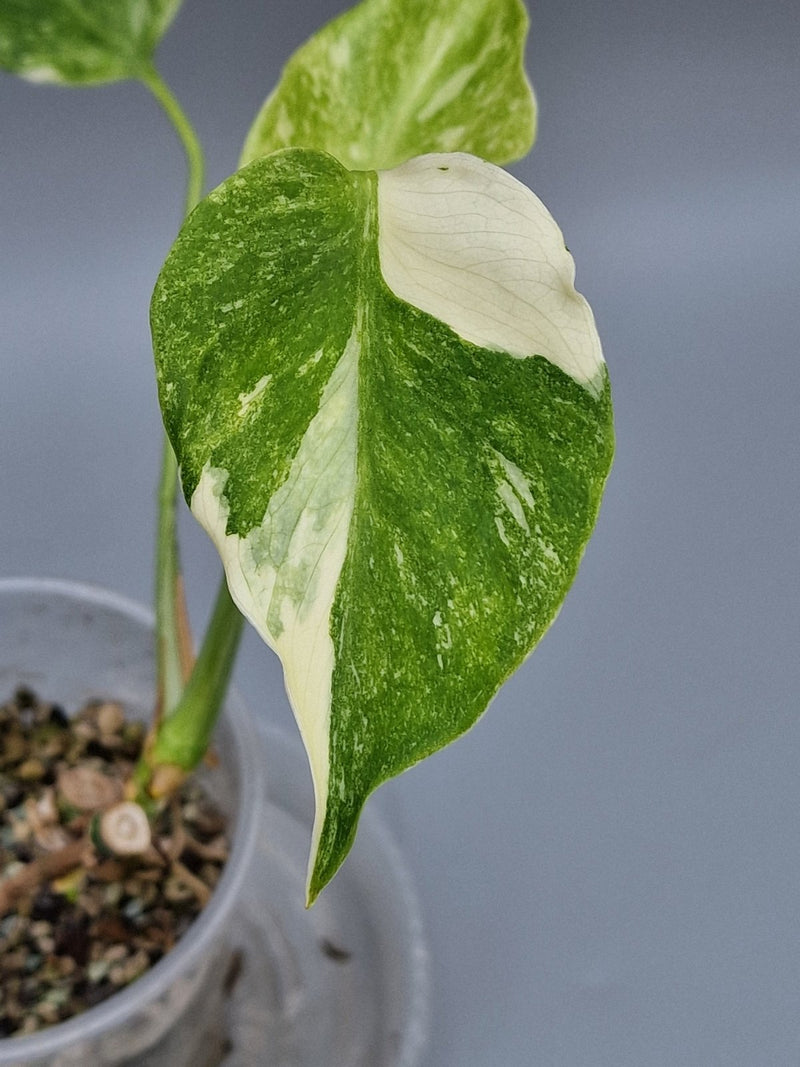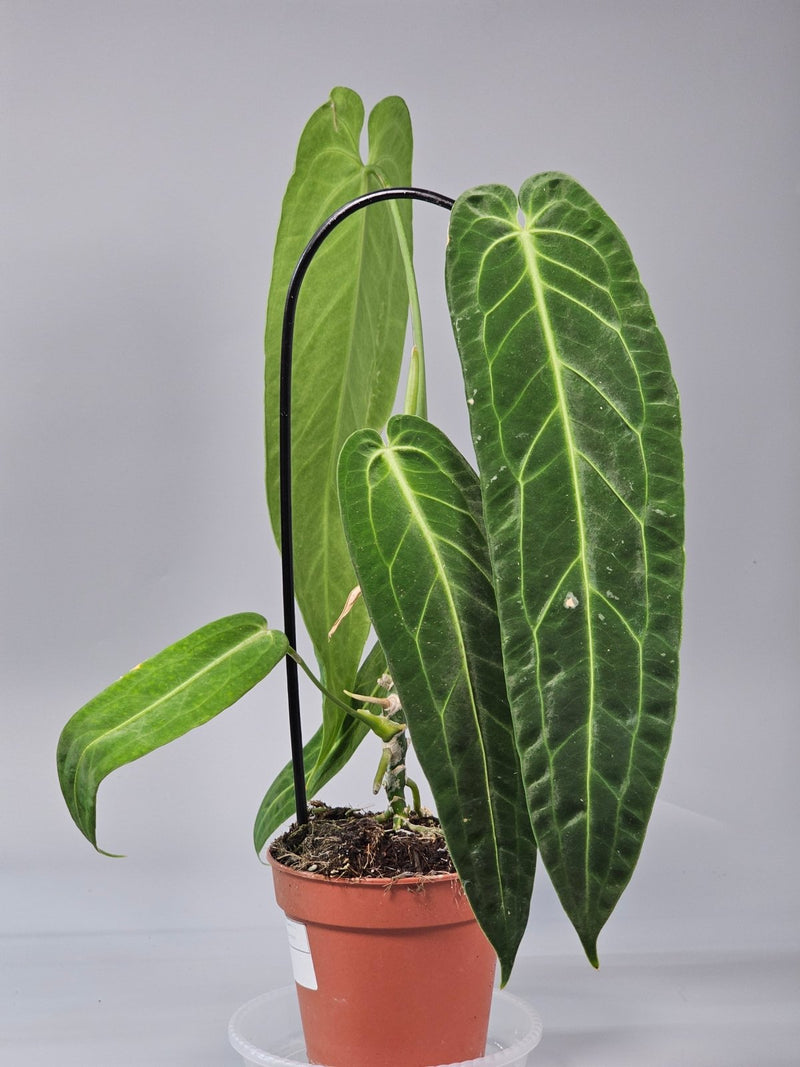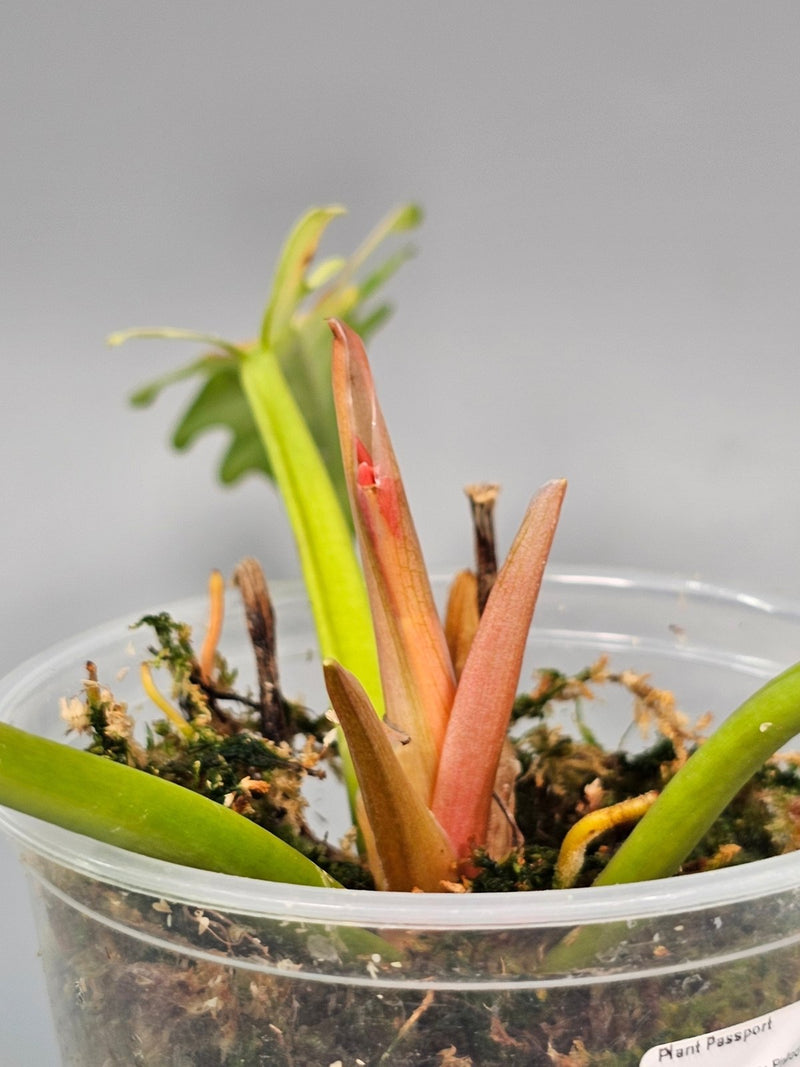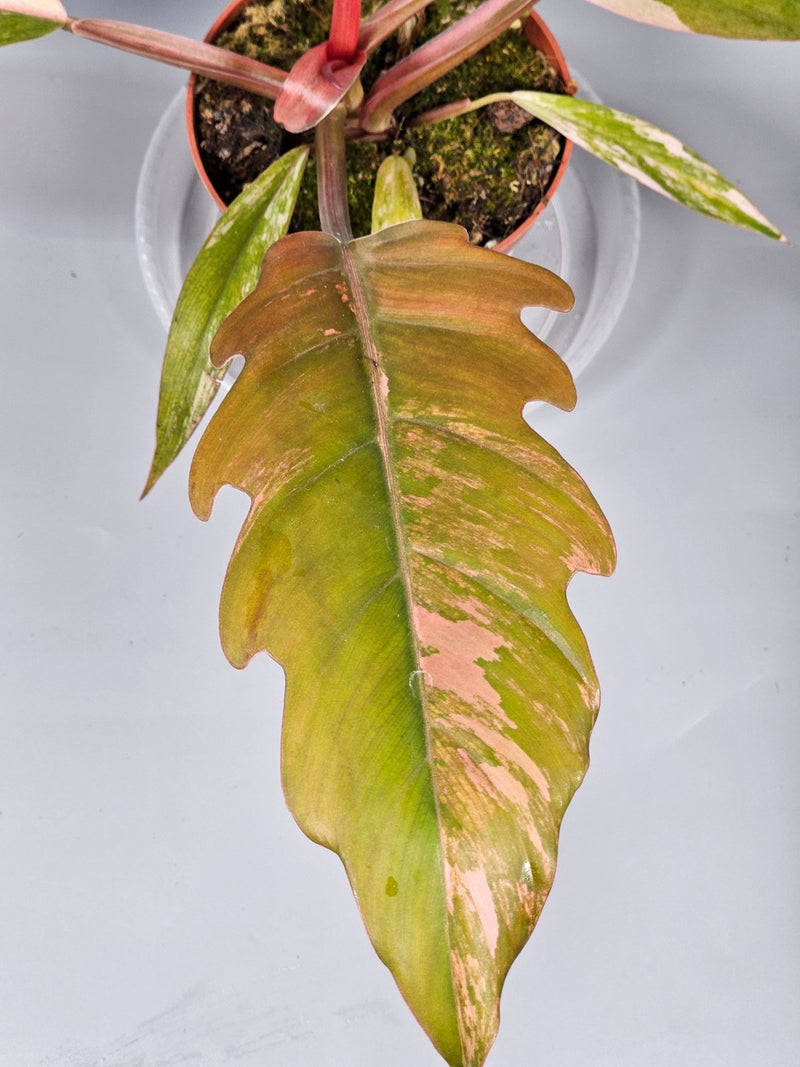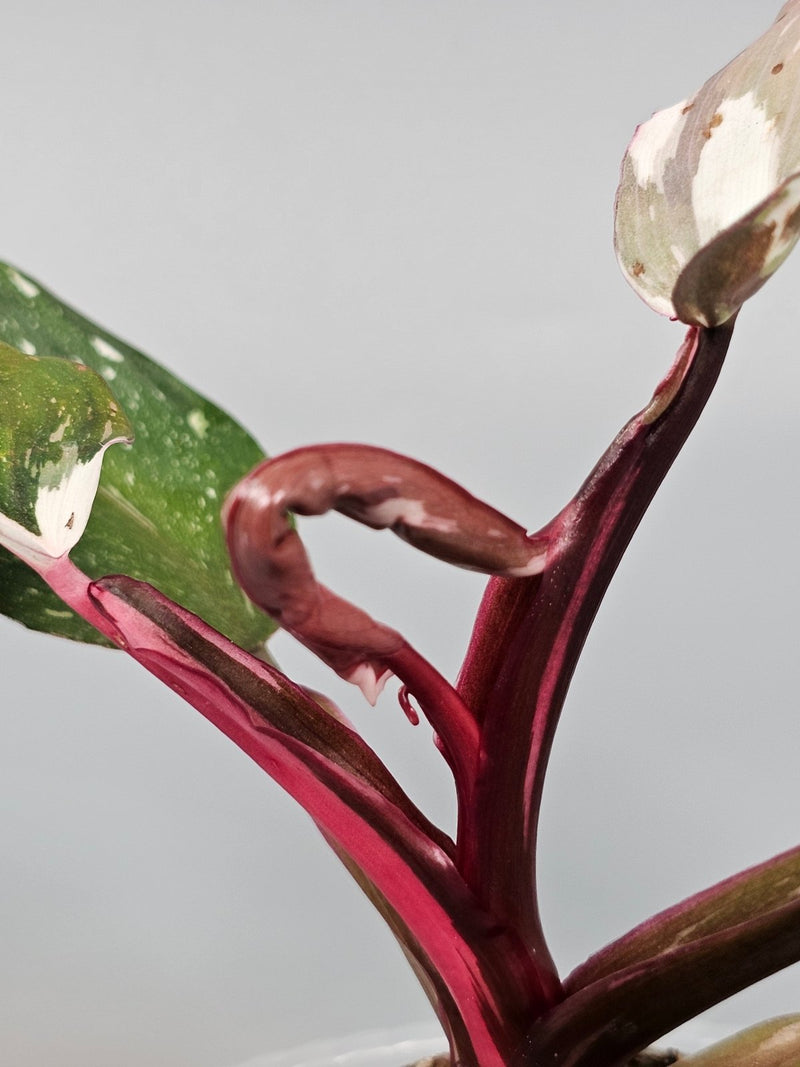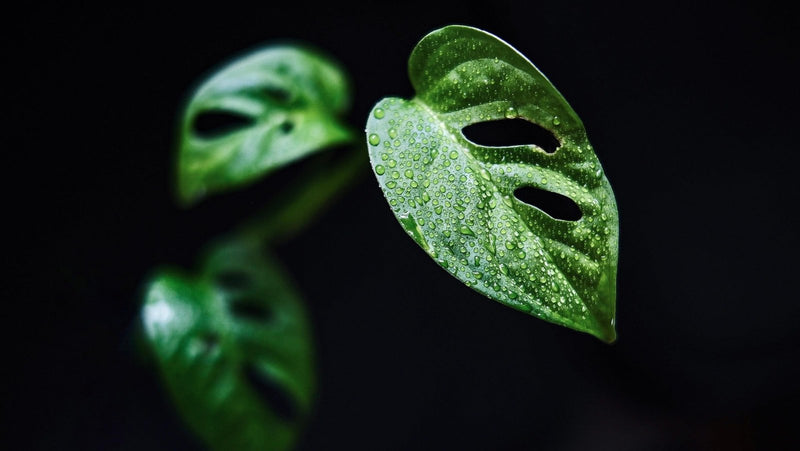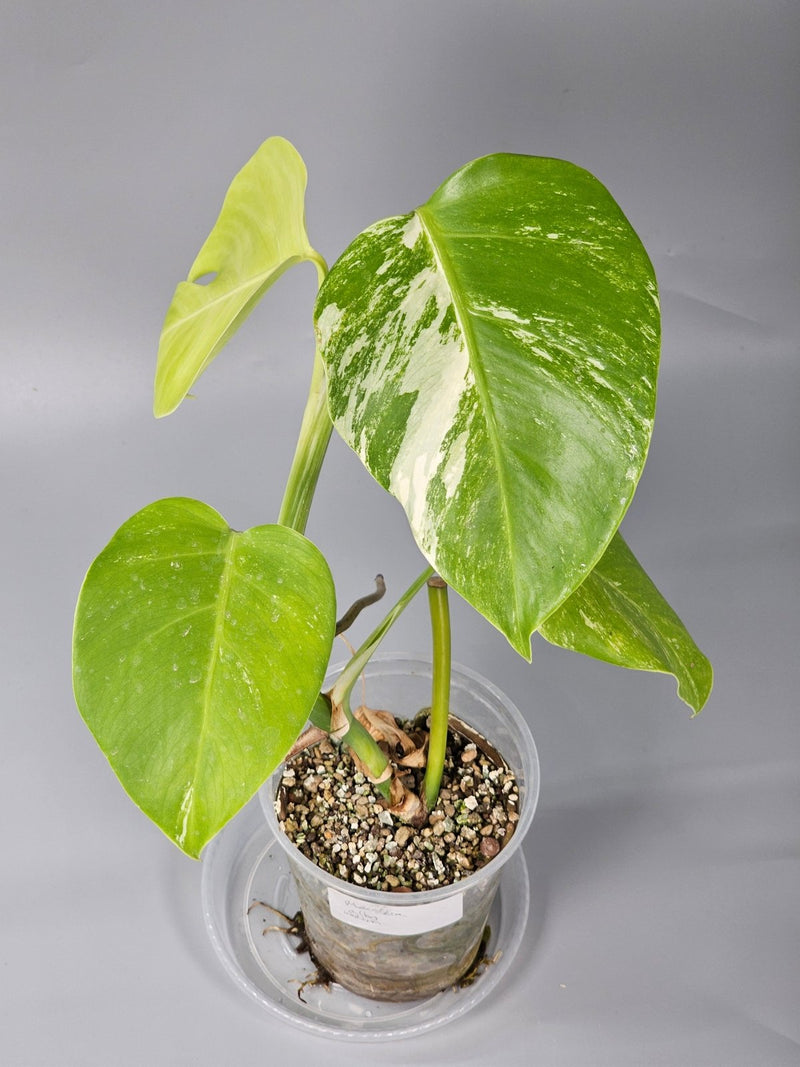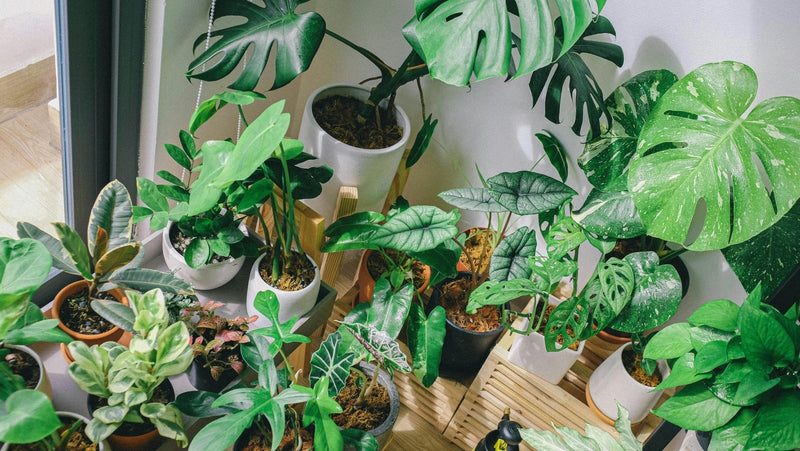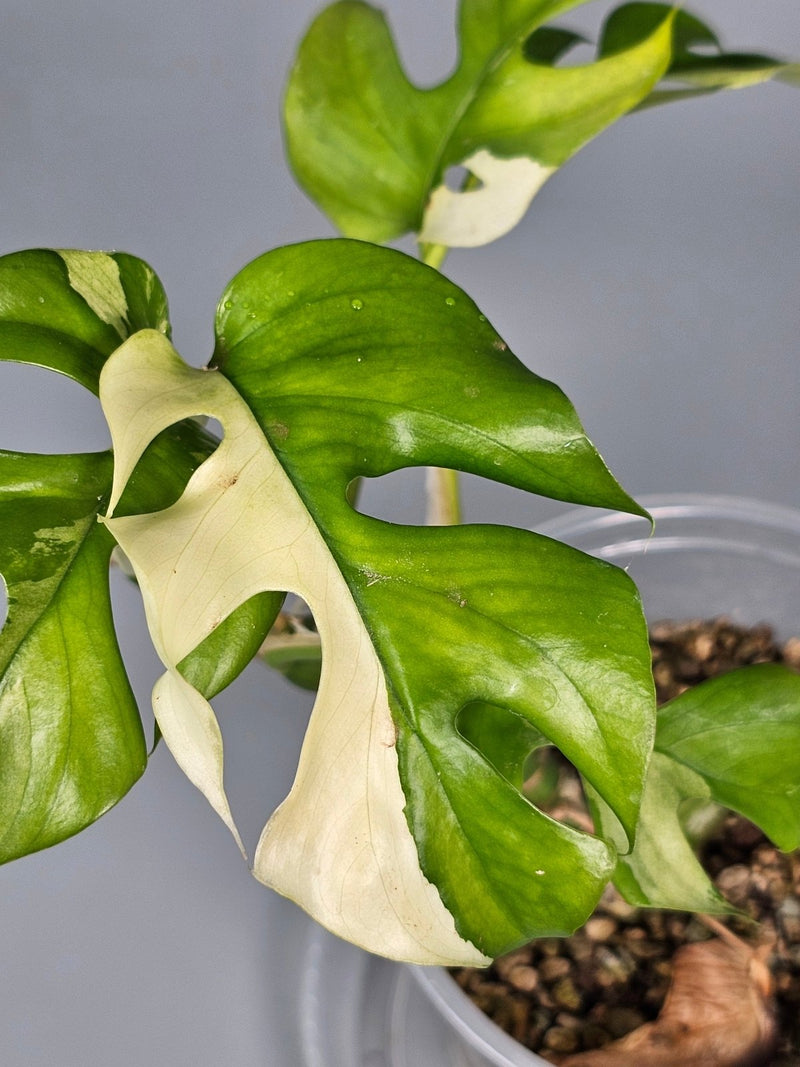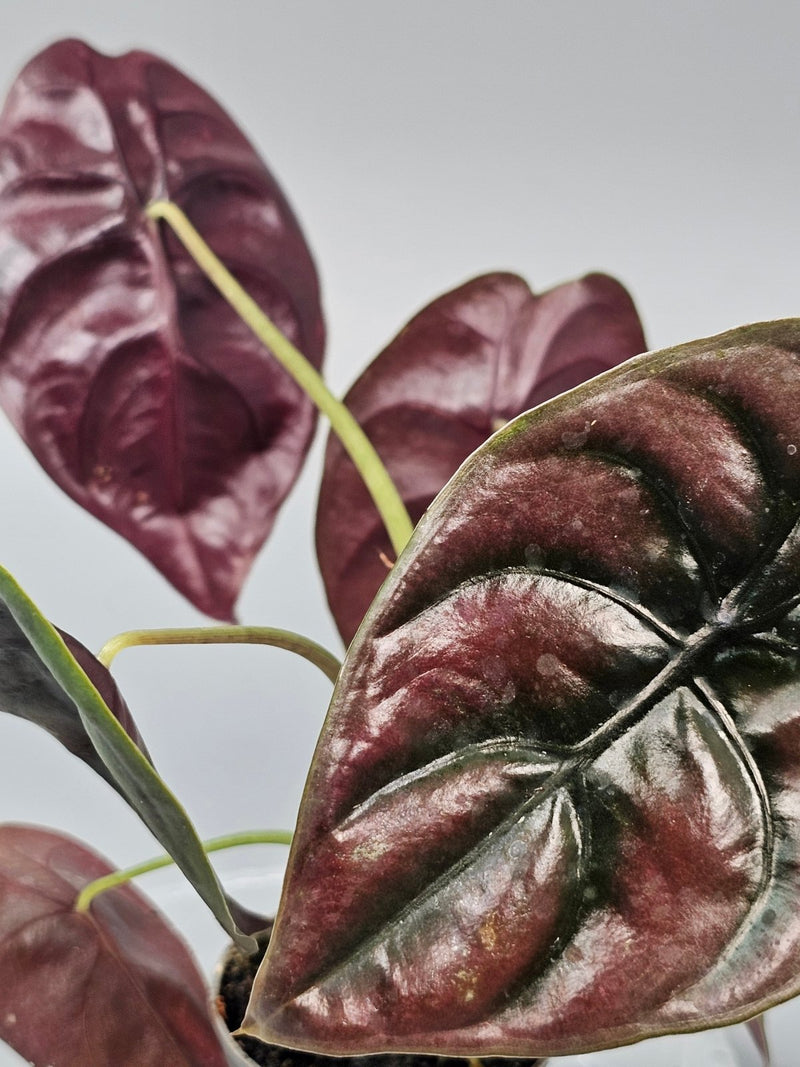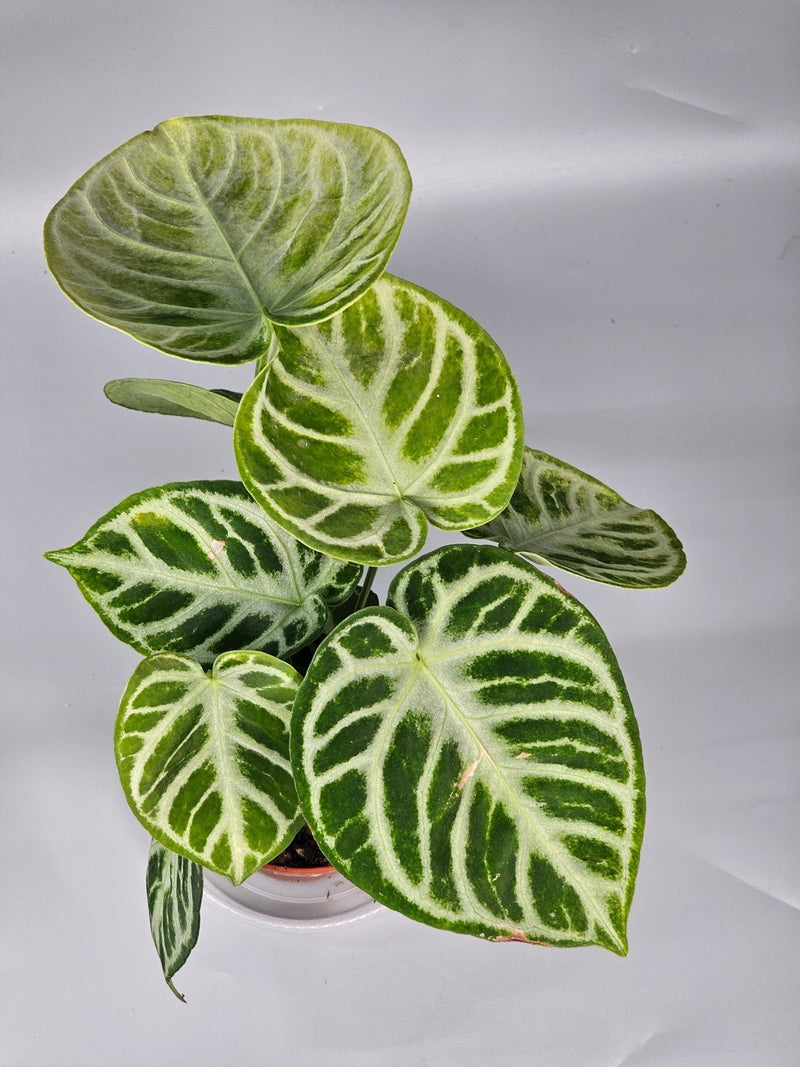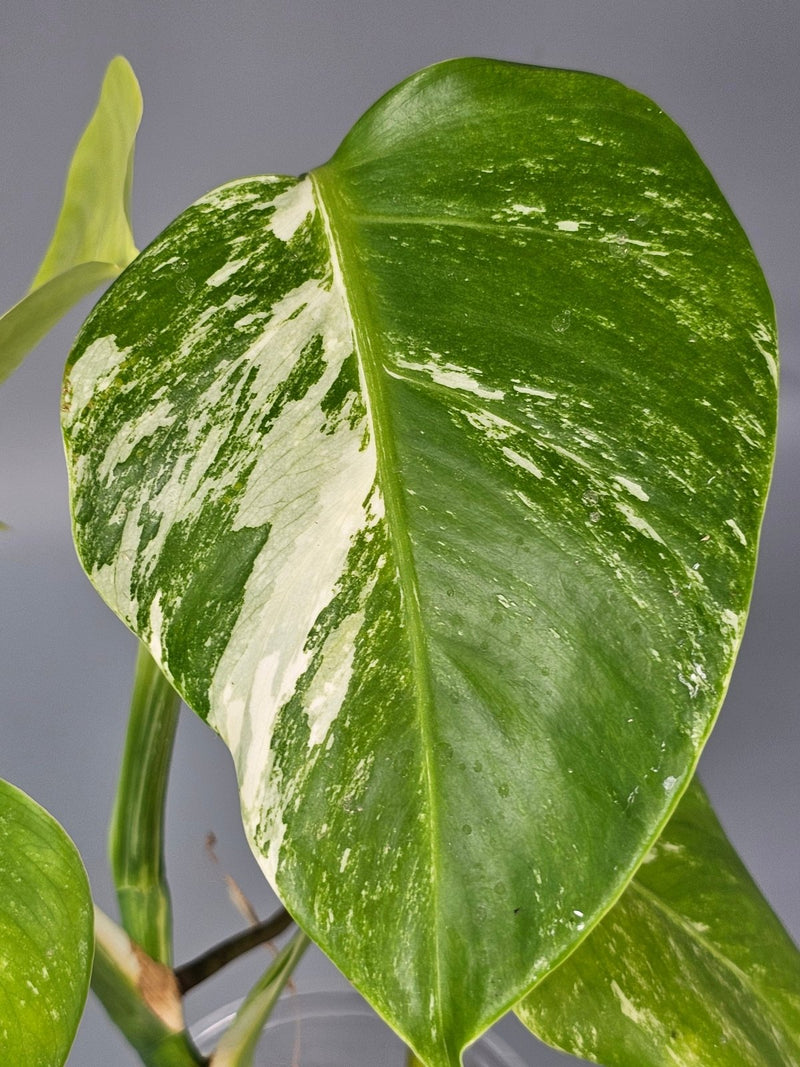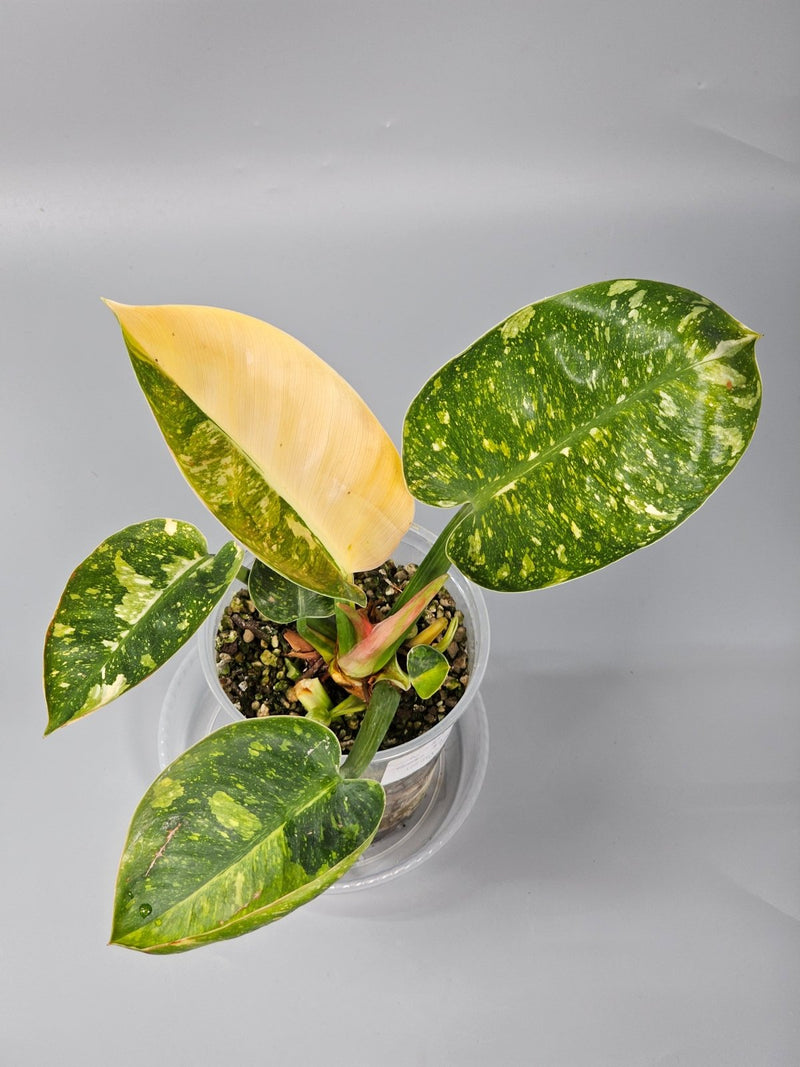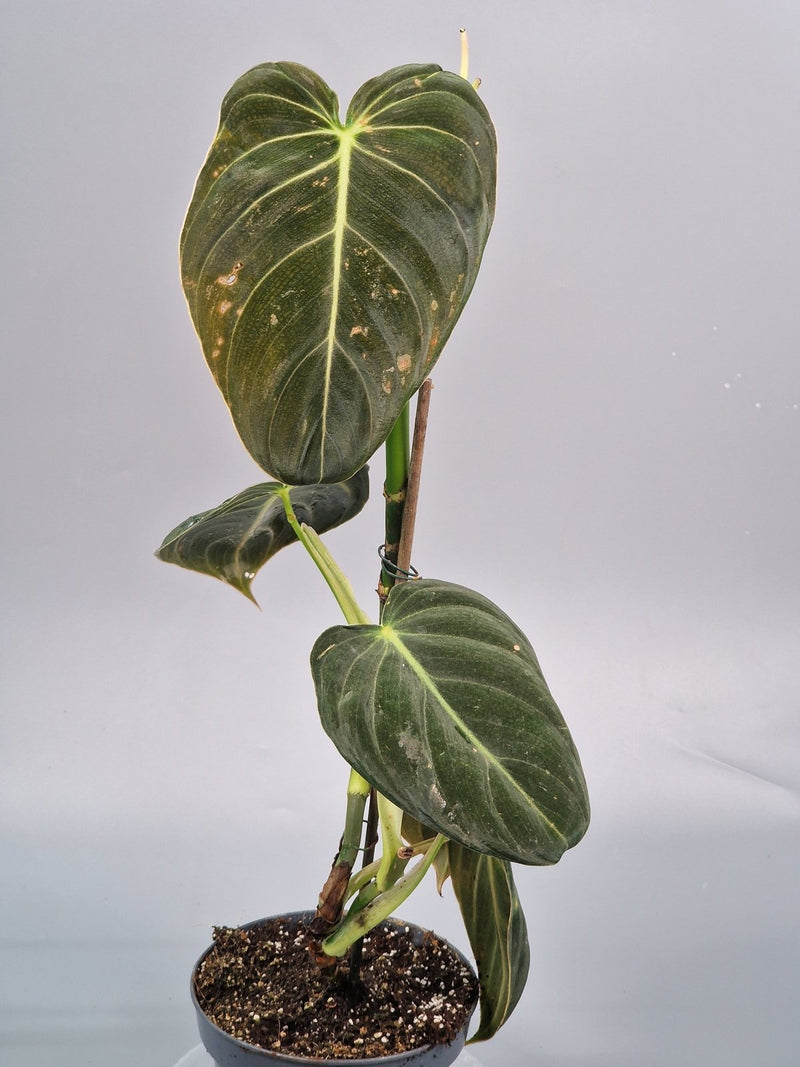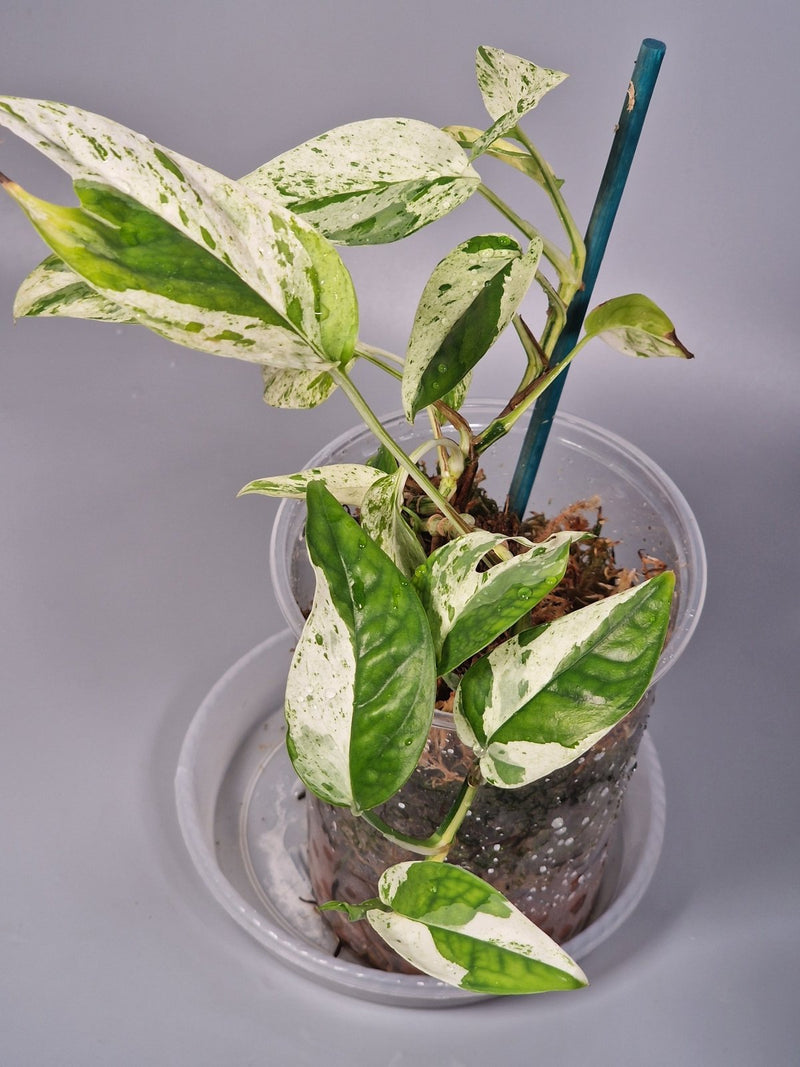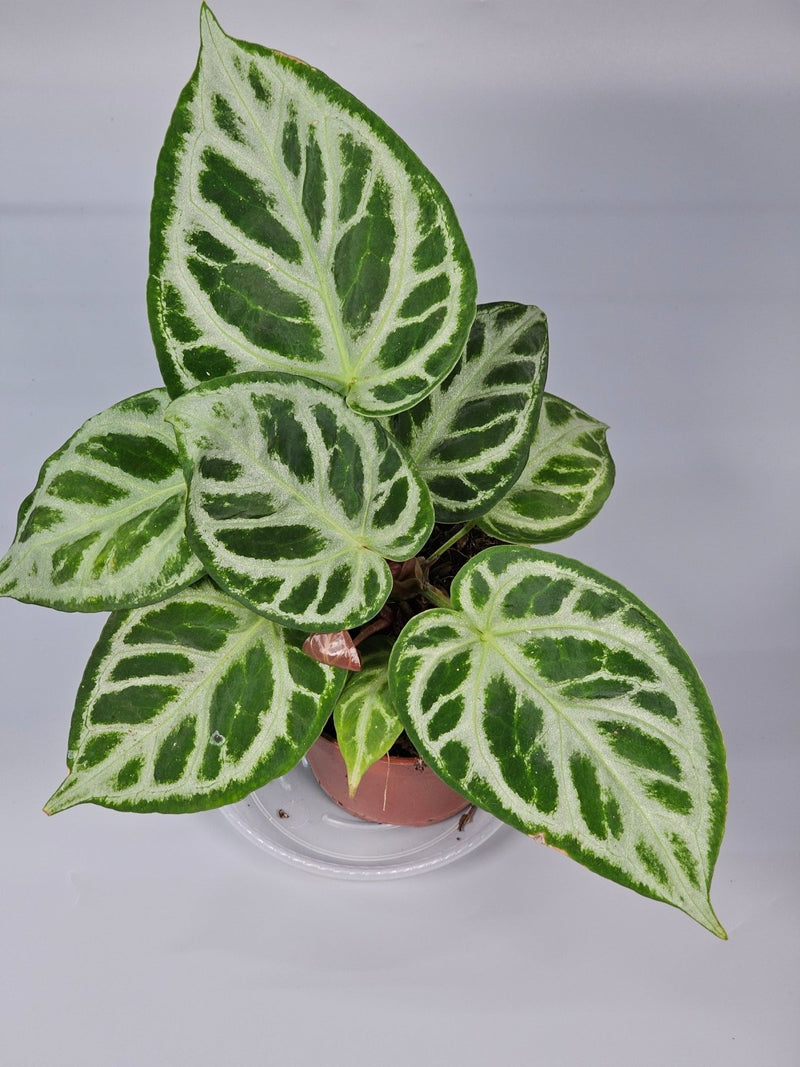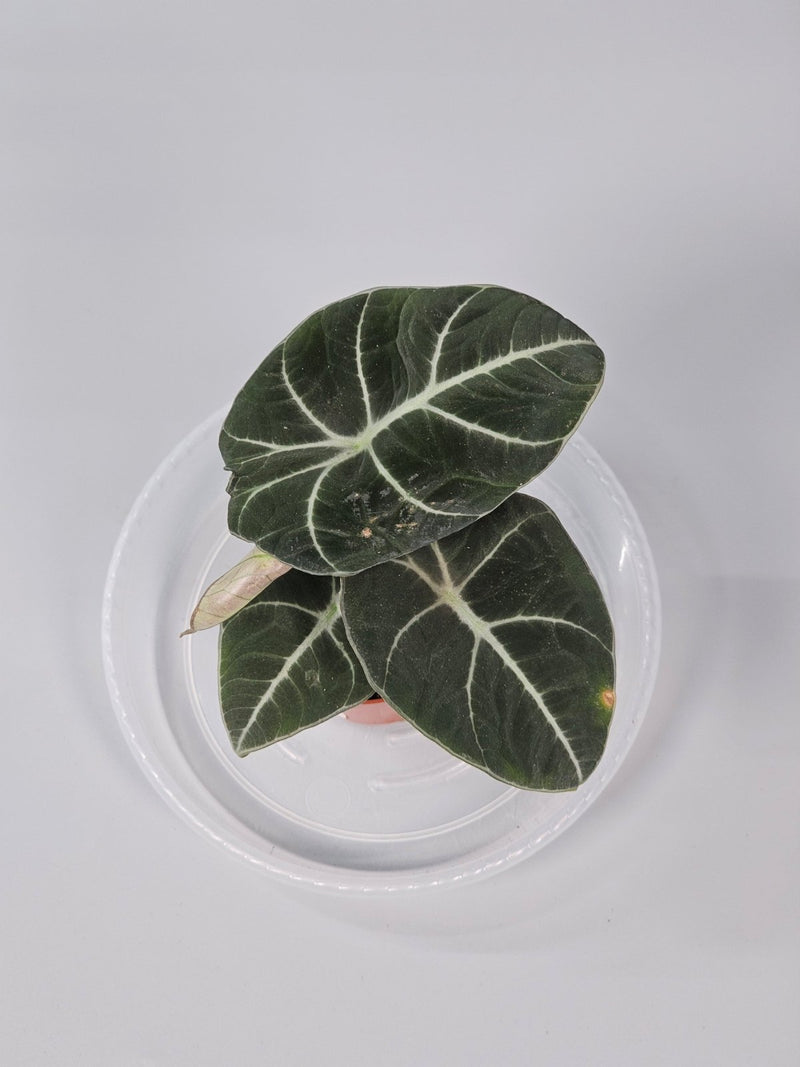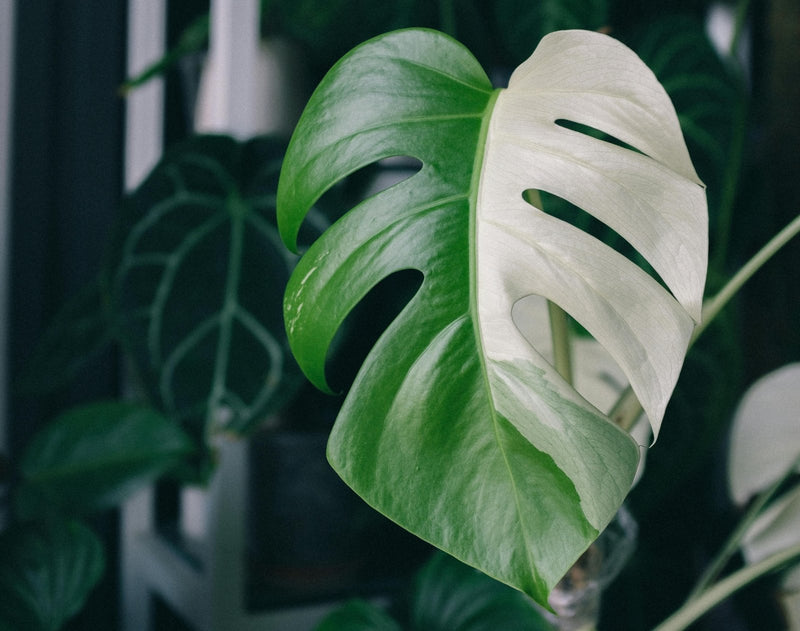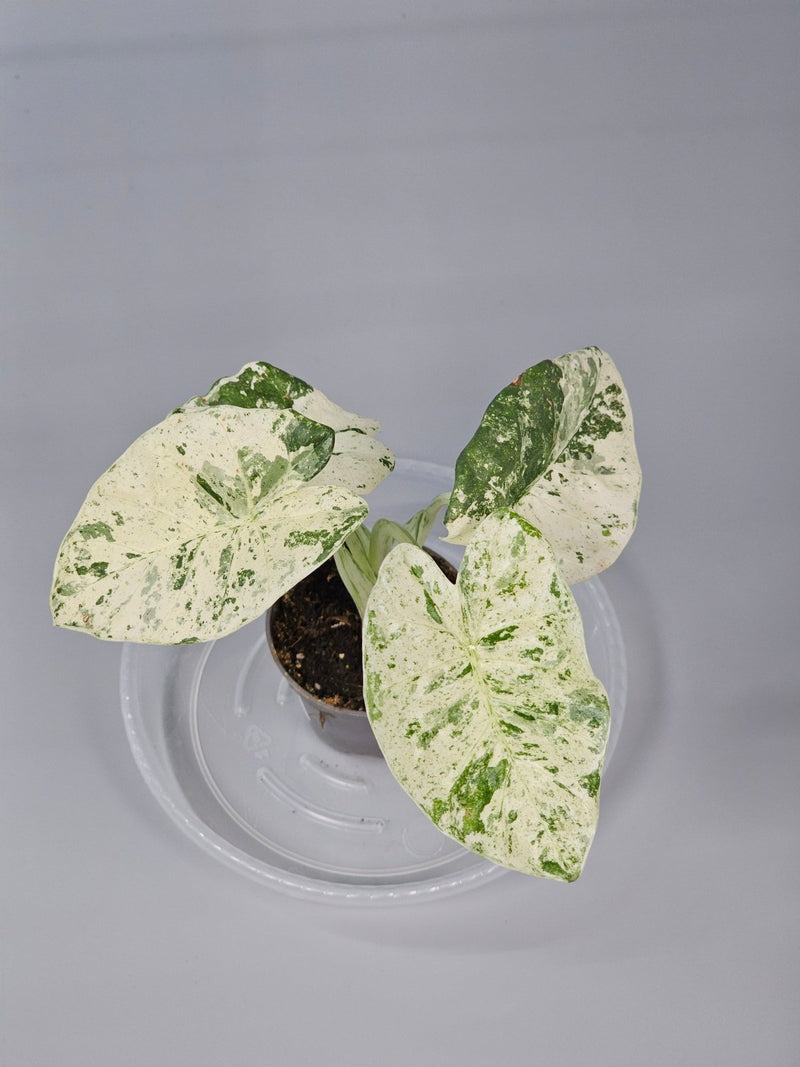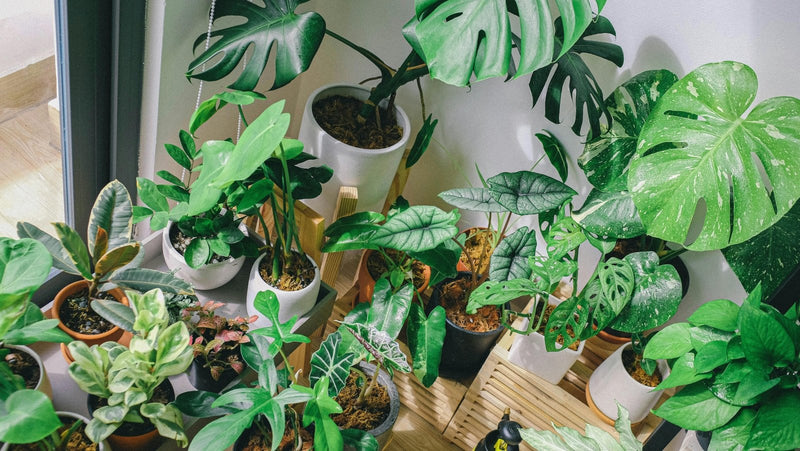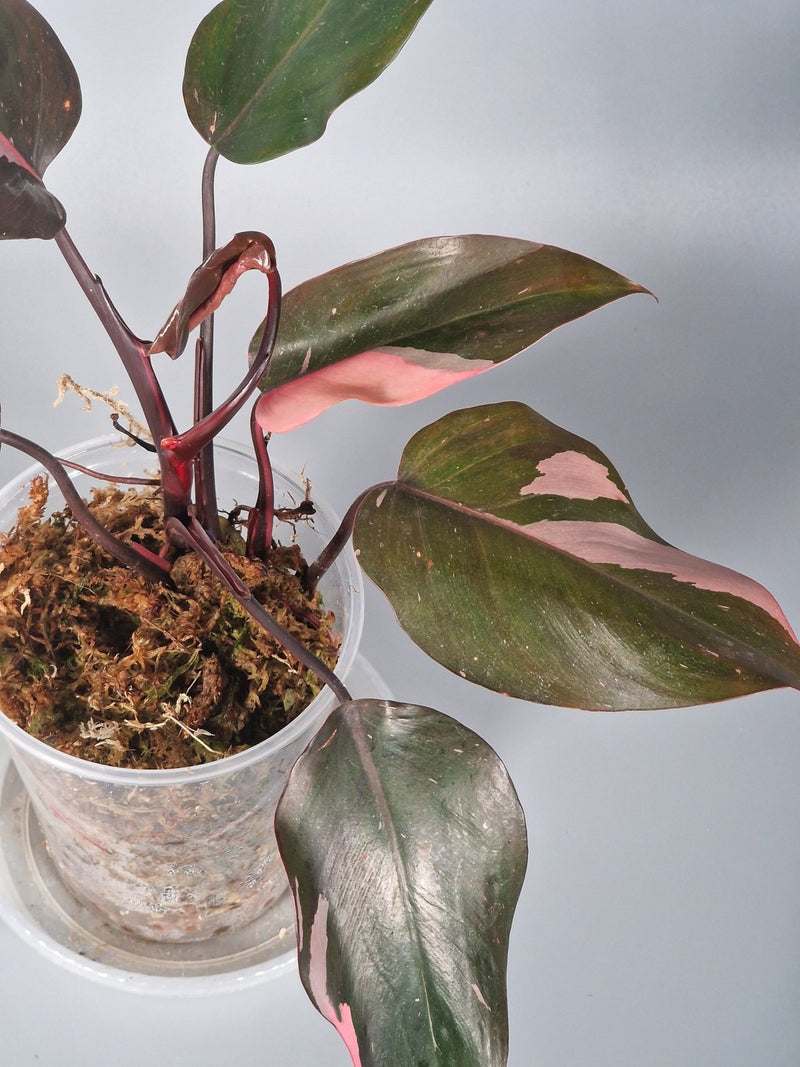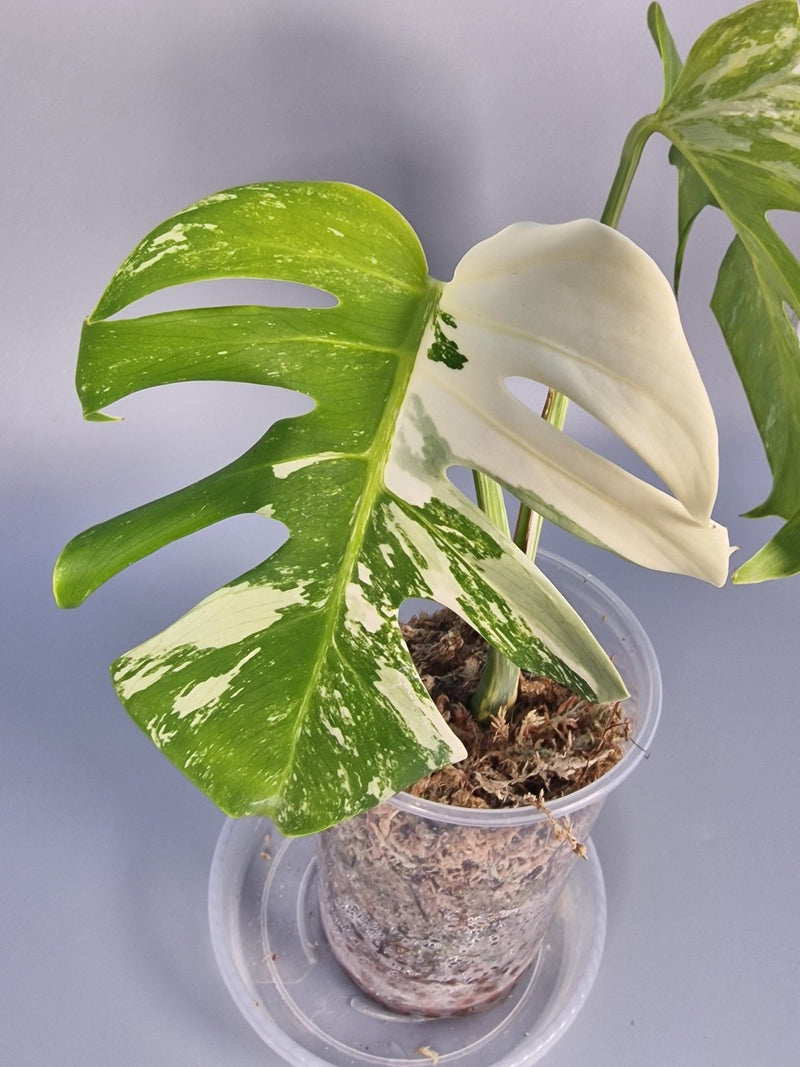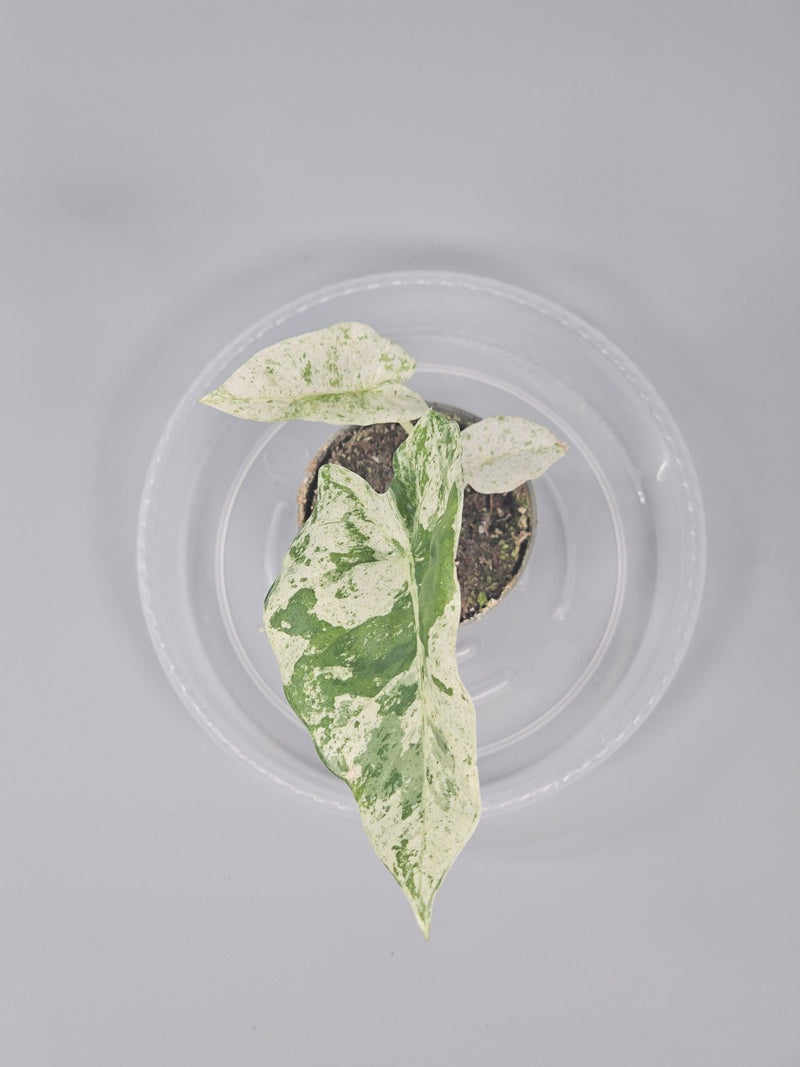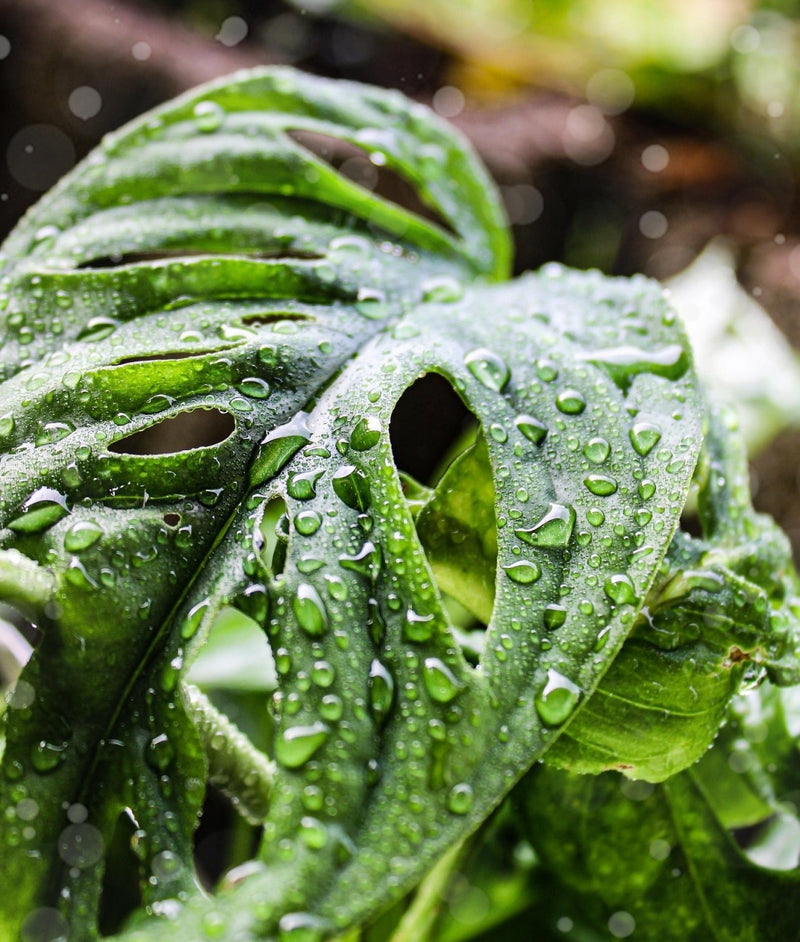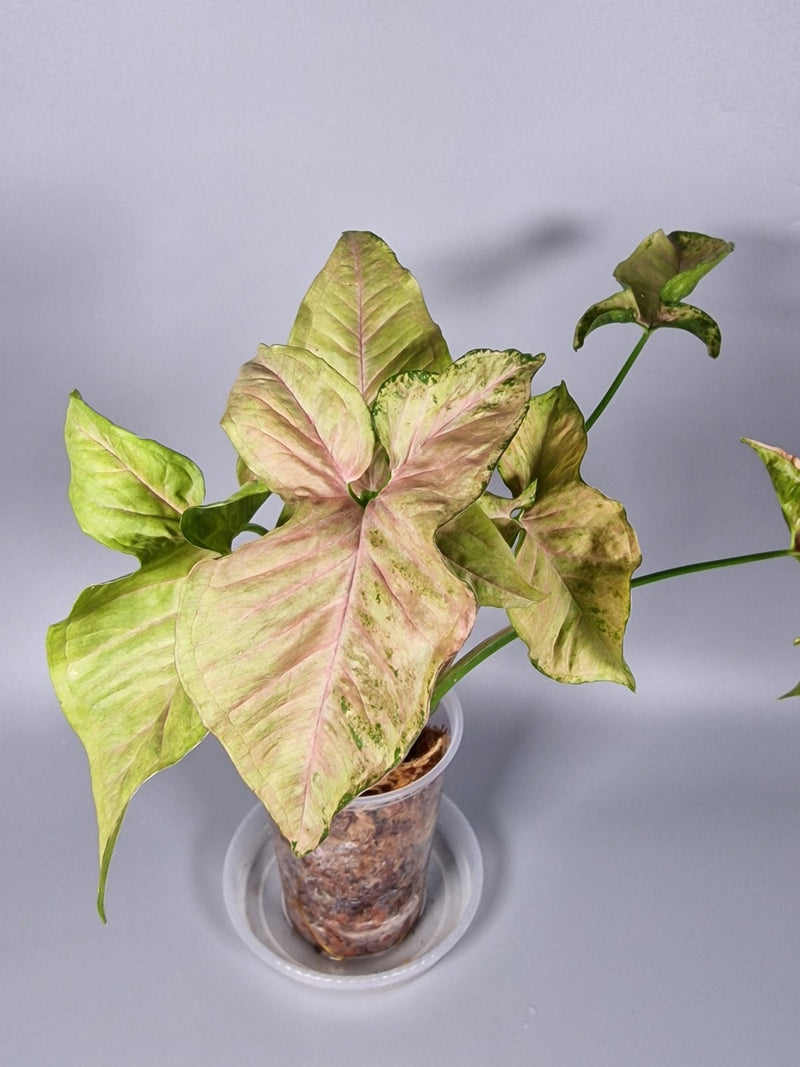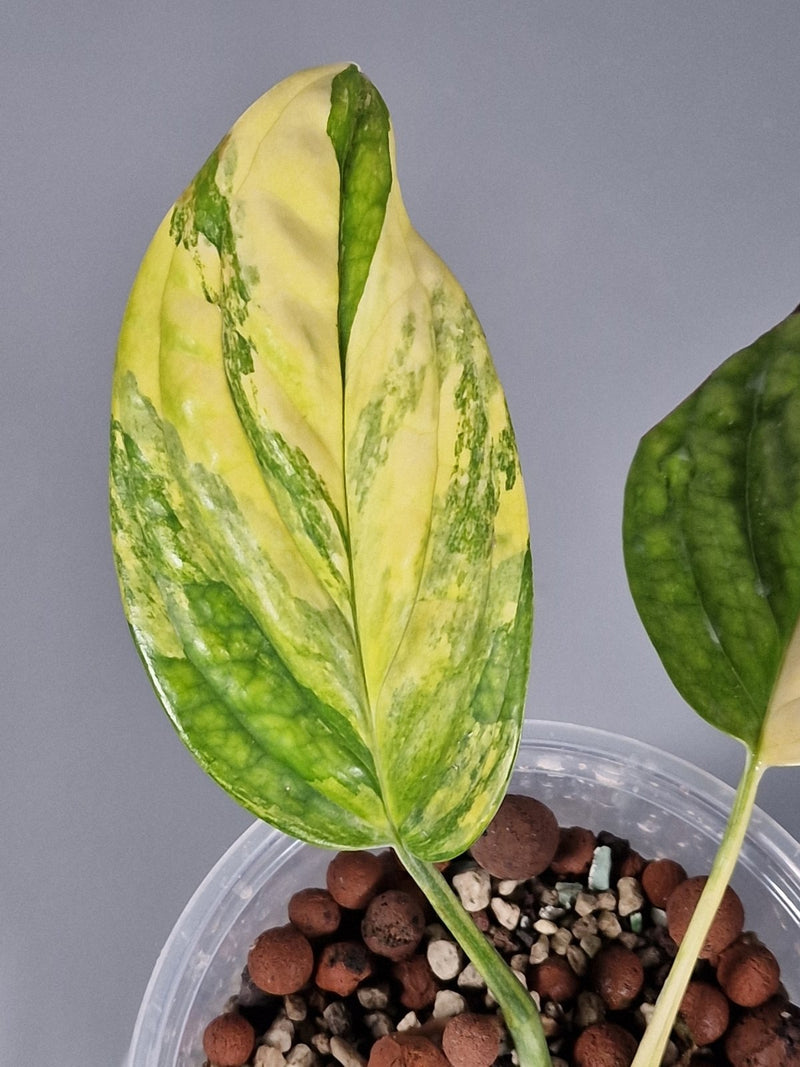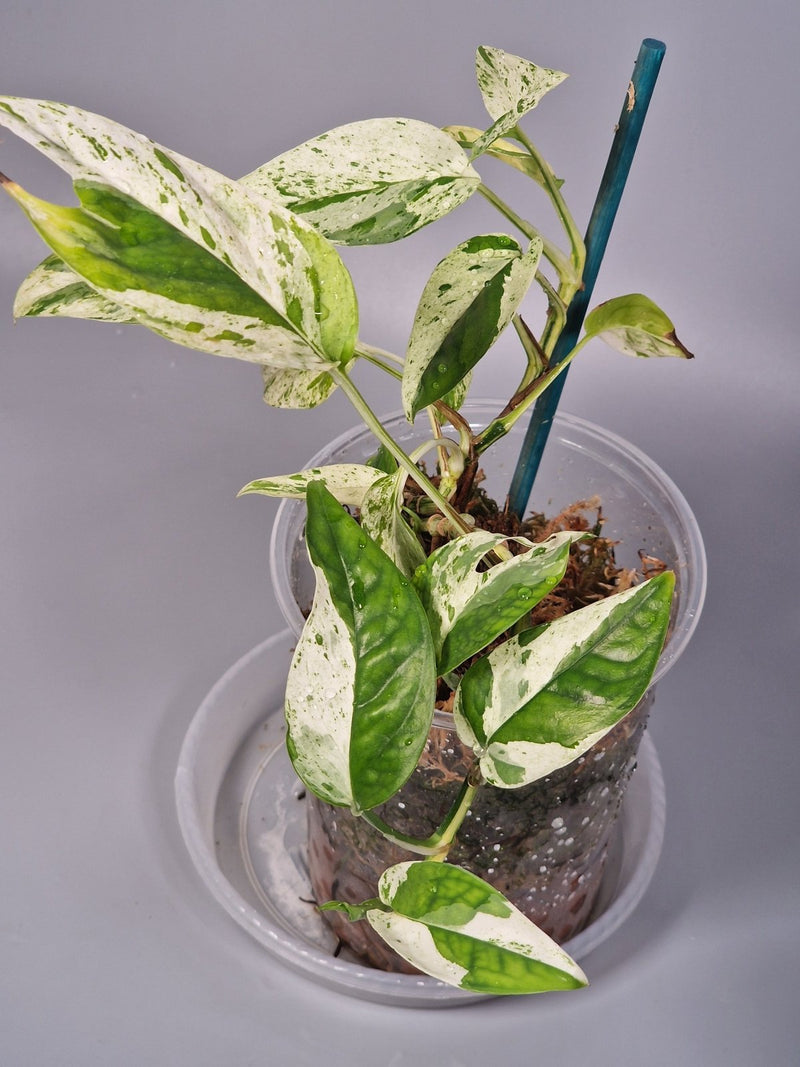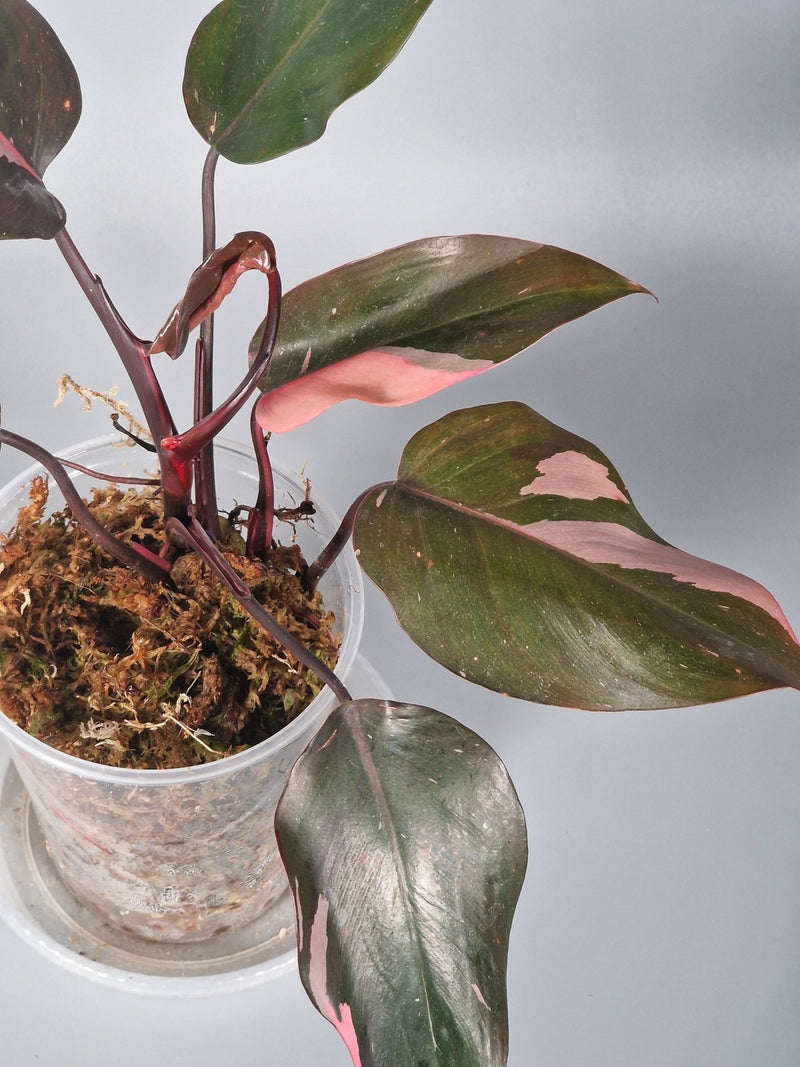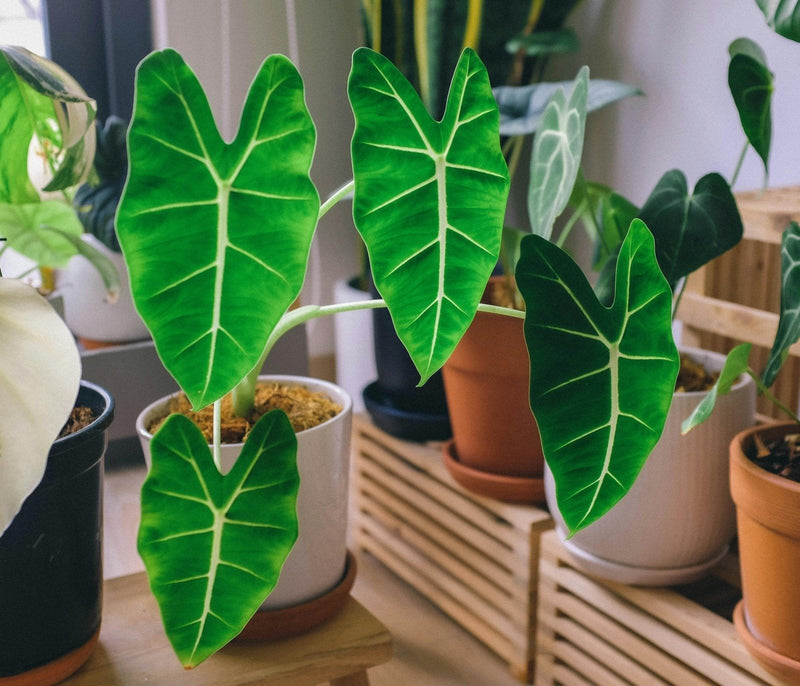How to Start a Rare Plant Collection on a Budget
Welcome to the enchanting world of rare houseplants! Whether you're a seasoned green thumb or a budding plant enthusiast, starting a collection of exotic and unusual plants doesn't have to break the bank. In this blog post, I'll guide you through practical and budget-friendly strategies to cultivate an impressive collection of rare houseplants. Let's dive in!
Understanding Rare Houseplants
Rare houseplants are often unusual species or varieties not commonly found in standard plant shops. They can vary from the strikingly beautiful Monstera obliqua to the elusive Philodendron spiritus-sancti. These plants often command higher prices due to their scarcity, unique features, and the special care they require.
1. Start Small
Embarking on your rare plant collection journey doesn't mean you have to start big. Here are a few tips to ease into this niche hobby without overwhelming yourself or your wallet:
- Research: Knowledge is power. Understand the care requirements and growth habits of potential purchases to ensure they're a good fit for your living environment and lifestyle.
- Start with less expensive varieties: Opt for less costly rare plants that aren’t ultra-exotic but still provide that unique touch. For example, Syngonium varieties or certain types of Anthuriums can be both affordable and visually striking.
- Young plants: Smaller, younger plants are usually cheaper. They offer the joy of watching them grow and mature, which can be incredibly rewarding.
2. Cuttings and Propagation
Propagating your own plants from cuttings is a cost-effective way to expand your collection. This is particularly true for many rare houseplants that root readily from stem or leaf cuttings.
- Choose a healthy parent plant.
- Take cuttings with a clean, sharp knife or scissors.
- Use rooting hormones and appropriate medium such as soil, moss, or water for rooting.
- Provide the right environmental conditions like humidity and indirect sunlight.
- Be patient — some rare varieties take longer to root and grow.
For detailed guidance on propagation methods, check out How to Build Your Rare Plant Collection from Cuttings.
3. Swaps and Community Exchange
Plant swaps are a fantastic way to acquire new plants without spending money. Join local gardening clubs, online forums, or social media groups where enthusiasts gather to exchange cuttings and plants.
FAQ: How do I find plant swaps near me?
Check local community boards, Facebook groups, or websites like Meetup for plant swap events. Even general gardening clubs often hold plant-specific swap days.
4. Sales and Discounts
Keep an eye on nurseries and online stores for sales or discounts on rare houseplants. Subscribing to newsletters can give you an edge with access to exclusive deals or early sale notifications.
5. Prioritize Care Over Quantity
It’s easy to get carried away when starting your collection. However, focusing on the proper care of a few select plants can be more rewarding and cost-effective than managing a larger, more unruly collection. Each rare plant comes with its own set of challenges and needs:
- Invest in quality soil and appropriate pots.
- Learn about the specific light, water, and humidity requirements.
- Regularly check for pests and diseases.
For example, understanding the peculiar needs of different Philodendrons can prevent costly mistakes and plant losses.
Conclusion
Starting a rare houseplant collection on a budget is entirely feasible with a bit of creativity and lots of passion. By starting small, propagating your own, participating in swaps, watching for deals, and focusing on plant care, you can grow a stunning and unique collection without overspending. Happy planting!
Explore our Rare Collection for inspiration and to find your next plant treasure!


